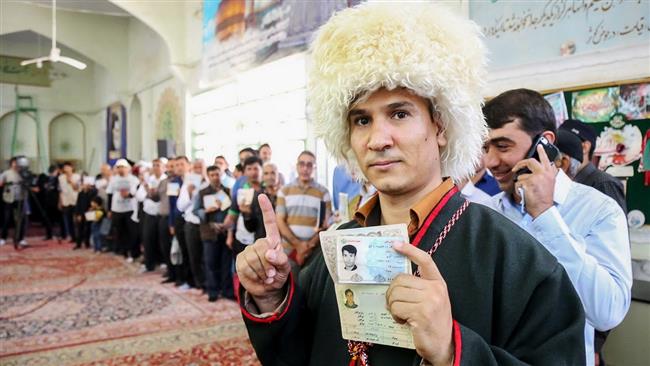
Iranian Presidential Election May Be Referendum on Nuclear Deal
On Friday, many of the 56 million eligible voters in Iran will cast their votes a tight contest between the…
Copyright 2024 U.S. Naval Institute. All Rights Reserved.